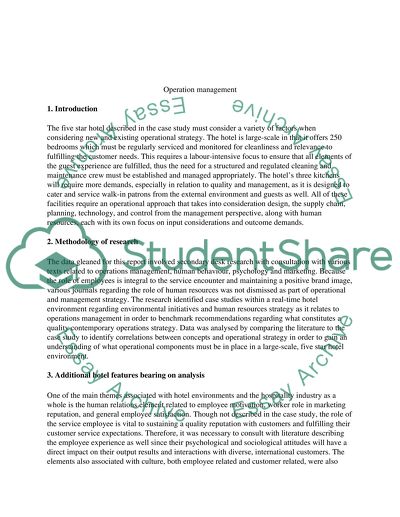Cite this document
(“Operation Management Research Paper Example | Topics and Well Written Essays - 2500 words - 1”, n.d.)
Retrieved from https://studentshare.org/family-consumer-science/1410997-operation-management
Retrieved from https://studentshare.org/family-consumer-science/1410997-operation-management
(Operation Management Research Paper Example | Topics and Well Written Essays - 2500 Words - 1)
https://studentshare.org/family-consumer-science/1410997-operation-management.
https://studentshare.org/family-consumer-science/1410997-operation-management.
“Operation Management Research Paper Example | Topics and Well Written Essays - 2500 Words - 1”, n.d. https://studentshare.org/family-consumer-science/1410997-operation-management.


